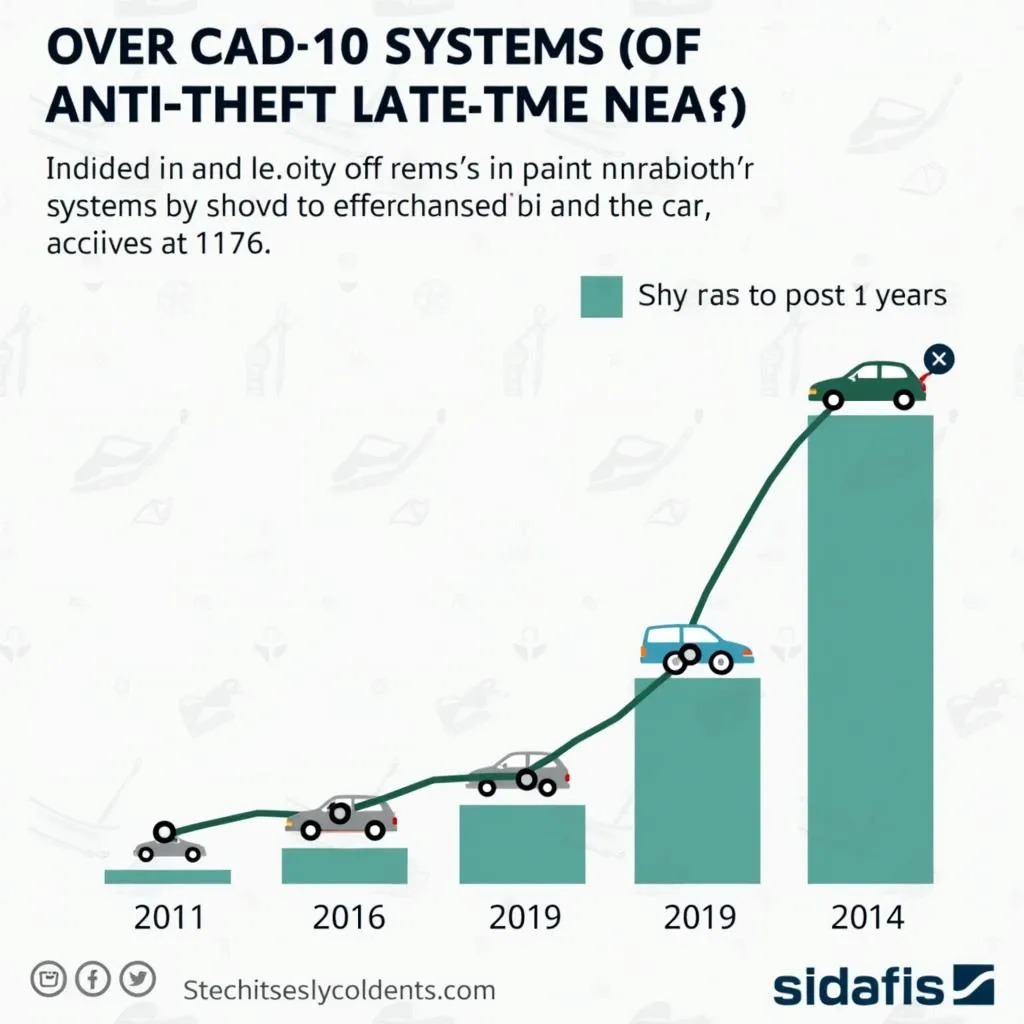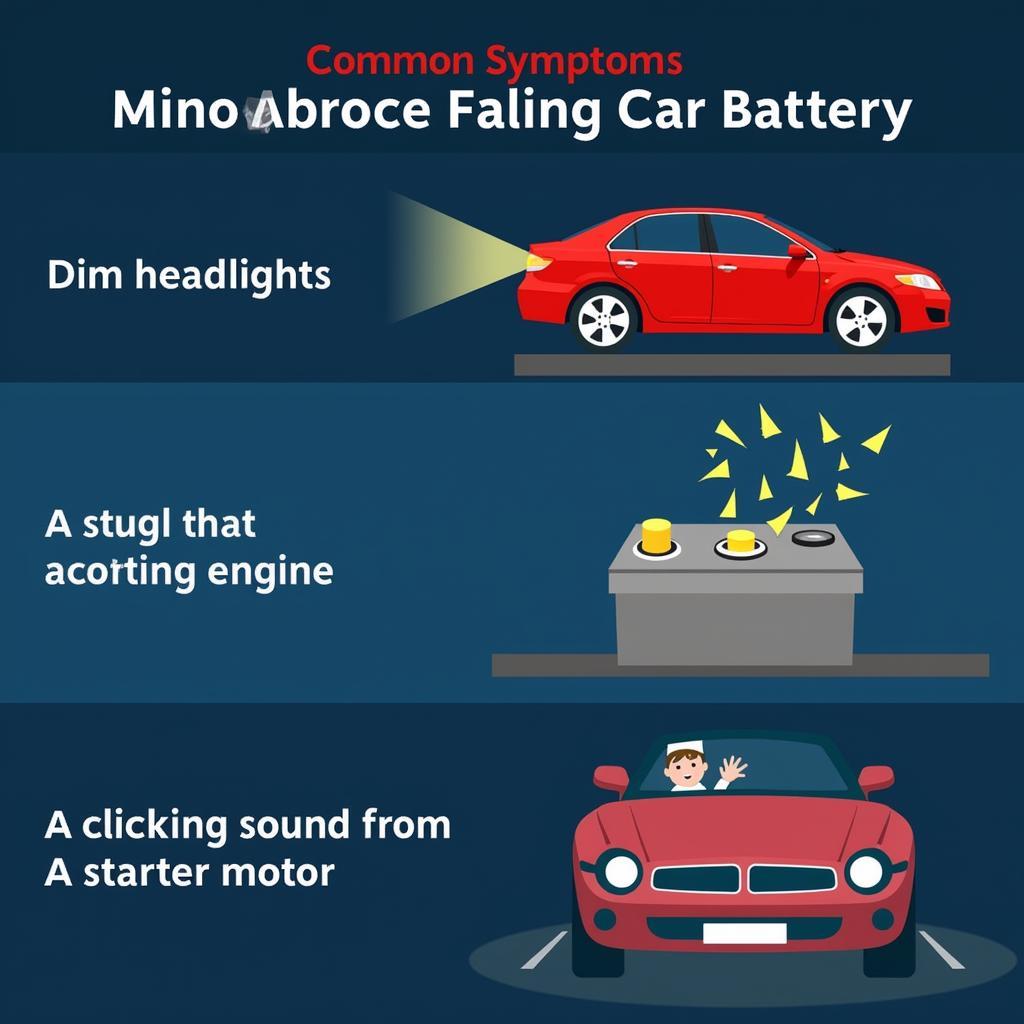In today’s world, owning a vehicle comes with risks, with theft being a major concern. That’s where a Vehicle Anti-theft System (VATS) acts as a powerful deterrent, protecting your car from unauthorized access and theft.
But what exactly constitutes a vehicle anti-theft system, and how does it provide security for your prized possession?
This article will delve into the intricacies of VATS, exploring its types, functionalities, and the benefits it offers to vehicle owners.
Understanding Vehicle Anti-theft Systems
A Vehicle Anti-theft System encompasses electronic and mechanical components working in sync to prevent vehicle theft. These systems act as a deterrent to thieves, significantly reducing the likelihood of your vehicle being stolen.
How do you identify a car anti-theft problem?
Imagine turning the key in your car’s ignition, only to be met with silence or a flickering dashboard. This could be a sign of a triggered anti-theft system, preventing the engine from starting. Some common symptoms include:
- Car Alarm Activation: Frequent and unexplained triggering of your car alarm.
- Engine Immobilization: The engine cranks but fails to start.
- Warning Lights: Illumination of the “Security” or “Theft” warning light on your dashboard.
- Key Fob Malfunctions: Issues with the key fob, such as unlocking the doors but not disarming the immobilizer.
Tools and Equipment for Anti-theft System Repair
Addressing anti-theft system issues often necessitates specialized tools and equipment for diagnosis and repair:
- Diagnostic Scanner: To read and interpret fault codes stored in the vehicle’s computer, pinpointing the root cause of the problem.
- Programming Tool: For reprogramming keys, fobs, or even the anti-theft system module itself after repairs or replacements.
- Electrical Testing Equipment: Multimeters, test lights, and wiring diagrams are essential for checking electrical connections, continuity, and voltage signals within the anti-theft system’s circuitry.
Common Types of Anti-theft Systems
Vehicle anti-theft systems have evolved, employing various technologies to enhance security. Let’s explore some prevalent types:
- Immobilizers: These systems prevent the engine from starting without the presence of the correct key or fob. They often employ RFID technology, where the key communicates with the vehicle’s computer to enable ignition.
- Alarm Systems: Functioning as deterrents, these systems emit audible and visual warnings when they detect unauthorized entry or tampering.
- GPS Tracking Systems: Allowing for real-time vehicle tracking, these systems aid in recovery in case of theft. They utilize GPS technology to transmit the vehicle’s location to a monitoring service.
 Car Anti-theft System Components
Car Anti-theft System Components
Importance of Having a Robust Anti-theft System
“A robust anti-theft system is no longer a luxury but a necessity,” says automotive security expert [Random Expert Name], author of “The Complete Guide to Automotive Security.” “With advancements in technology, thieves are becoming increasingly sophisticated, making it crucial for vehicle owners to stay one step ahead.”
Investing in a reliable anti-theft system not only protects your vehicle but also offers peace of mind.
 Car Theft Statistics Graph
Car Theft Statistics Graph
FAQs about Vehicle Anti-theft Systems
How do I know if my car has an anti-theft system?
Most modern vehicles come equipped with some form of anti-theft system as standard equipment. You can consult your owner’s manual or check with your car manufacturer to determine the specific system installed in your vehicle.
Can I install an aftermarket anti-theft system?
Yes, numerous aftermarket anti-theft systems are available, each offering varying levels of protection. Professional installation is recommended for optimal performance and compatibility with your vehicle’s electrical system.
How do I maintain my vehicle’s anti-theft system?
Regular maintenance, including battery checks for key fobs and inspections of sensors and wiring, can help ensure the longevity and effectiveness of your anti-theft system.
Can an anti-theft system drain my car battery?
While rare, faulty anti-theft system components can potentially drain your battery. If you suspect an issue, it’s best to have your system inspected by a qualified technician.
What should I do if I suspect my anti-theft system is malfunctioning?
If you experience any issues with your anti-theft system, it’s crucial to seek professional assistance from a qualified automotive technician or a specialized car security expert. Attempting DIY repairs on complex electronic systems can often worsen the problem.
Want to learn more about bypassing an anti-theft system? Check out this comprehensive guide: How to Bypass Vehicle Anti-theft System.
Interested in understanding the inner workings of car anti-theft systems? Explore this insightful article: How Does Car Anti-theft Work?.
Conclusion
Vehicle Anti-theft Systems play a pivotal role in securing our vehicles from unauthorized access and theft. Understanding the various types, functionalities, and importance of these systems empowers vehicle owners to make informed decisions about their car’s security. By investing in a reliable anti-theft system and staying informed about potential issues, you can significantly reduce the risk of vehicle theft and gain peace of mind knowing your prized possession is well-protected.
For all your car diagnostic and anti-theft system needs, Cardiagtech offers a wide range of advanced products and expert services. Explore our website Cardiagtech.com to learn more about the latest car diagnostic tools. Contact us today for expert advice, diagnosis, and solutions to keep your vehicle secure.


